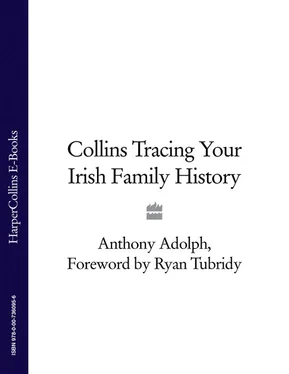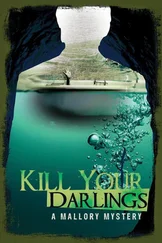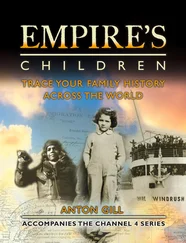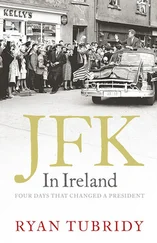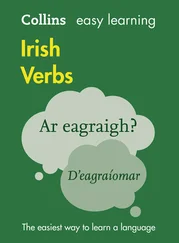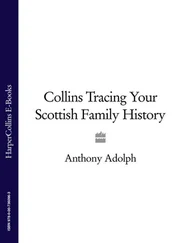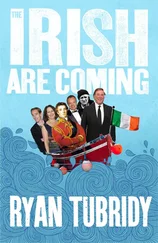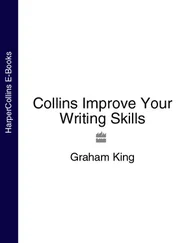If so, you’ll still have the immense pleasure of being able to visit an obscure corner of Ireland, and say (or just think, if you’re more modest) ‘my people came from here!’. But having done so, please don’t let the limitations of the sources blind you into thinking you’ve reached the end of the trail. For within Ireland, families have tended to remain fairly stationary for long periods of time. Where any earlier records for your ancestral area survive, you may pick up members of earlier generations – serving in local militias, employed as officials on landed estates, or in an Elizabethan pardon for taking part in a local rising.
The same applies to going back yet further. Because Ireland was not invaded by Rome, yet was converted to Christianity early on, it has one of the richest storehouses of traditional genealogy in the world. Most surnames fit into old family trees showing when and how they originated. Early pedigrees in many cases trace back to the younger sons of the Irish kings, to within a few centuries of the start of the Christian era. Before then, pedigrees based perhaps more in myth than reality stretch right back into the mists of time, to the heroic days when the Sons of Mil, the Milesian ancestors of the modern Irish, wrested green Erin (old Ireland) from the ancient gods, the Tuatha de Danann. Such old pedigrees tell of legendary ancestors, and we simply don’t know how many grains of truth they may contain.
When I was writing this book, the Chief Herald of Ireland himself was kind enough to talk to me about our Milesian forebears. ‘Ultimately’, he said, ‘the myth is what sustains you. It doesn’t matter if it is true: for what is unquestionably true is the belief our ancestors had in the myth.’ Neither he nor I would ever advocate imagining that ancient Irish ancestors were definite historical characters. But to research your Irish ancestry and not thoroughly enjoy finding personal connections, albeit just through your surname, to the grand, heroic traditions of this beautiful island, would be as daft as flying all the way from New York to Dublin, and then not leaving your hotel room.
There’s never been a better time to research your Irish ancestors, either. With the great advances in the way records are catalogued, indexed, archived and even made available on the Internet, it’s vastly cheaper and easier to trace your Irish roots than ever before. But these positive developments are nothing compared to what comes next. At each stage of your journey, from finding your Irish kin, and your ancestral home, and testing out the ancient cousinships suggested by Medieval and even legendary pedigrees, the spanking-new science of genetics has completely revolutionised this revered old subject of ours. Having your DNA examined is incredibly easy and now relatively cheap. The more people who add their test results to databases, the more extraordinary the emerging results become. Some long-established genealogical ‘truths’ have already been crushed. And, amazingly, some ancient family trees, that most serious scholars thought couldn’t possibly be true, have been tested by this cutting-edge scientific approach – and been found to be correct after all.
If you’re already well advanced on your journey, I hope this book will assist you to make wonderful new discoveries. If you’ve just started – behold the world of possibilities that awaits you!
| CHC |
County Heritage Centre (Irish) |
| CoE |
Church of England (Anglican) |
| CoI |
Church of Ireland |
| FHC |
Mormon Family History Centre |
| FRC |
Family Records Centre (London) |
| GPC |
Genealogical Publishing Company |
| Grenham |
John Grenham, Tracing your Irish Ancestors: The Complete Guide (Gill & Macmillan, 3rd edn, 2006) |
| GO |
Genealogical Office |
| GRO |
General Register Office |
| GRONI |
General Register Office of Ireland |
| MMF |
Mormon microfilm |
| NAI |
National Archives of Ireland |
| NARA |
National Archives and Records Administration |
| NAS |
National Archives of Scotland |
| NLI |
National Library of Ireland |
| NLS |
National Library of Scotland |
| NSW |
New South Wales |
| NZNA |
New Zealand National Archives |
| NZNL |
New Zealand National Library |
| PRONI |
Public Record Office of Northern Ireland |
| RCBL |
Representative Church Body Library |
| RGNI |
Registrar General of Northern Ireland |
| Ryan |
James G. Ryan, Irish Records, Sources for Family and Local History (Ancestry Incorporated [USA] and Flyleaf Press [Ireland], 1997, revised edn, n.d.) |
| TNA |
The National Archives (Great Britain) |
PART 1 Tracing back to Ireland: first steps
Unless your family has never left Ireland, the very first step in researching your Irish family history is to trace back to your migrant ancestor. Although there are many reasons why the Irish have spread so widely across the world, the Great Famine of the 1840s accounts for over 2 million people alone – and you may very well find that one of these migrants was your ancestor. For those who already know where their Irish ancestors lived, this section will be useful for tracing down other branches to find relatives living all around the world.
CHAPTER 1 First find your immigrant
The first task in tracing your Irish roots is to trace back to your migrant forebear.
Most people start with a hunch or a story. The most obvious clue is a surname in your family that sounds Irish. Whilst having an Irish surname yourself may make you feel more Irish than otherwise, it doesn’t actually matter which lines you investigate – whether they come through your father or mother, or any grandparent or great-grandparent, Irish roots are Irish roots.
‘O’ and ‘Mac’ surnames often indicate Irish (or Scottish) ancestry, but in past centuries many such prefixes were dropped. Some, like Murphy and Kelly, are still obviously Irish: others, like Crowley and Denning, may be Irish but don’t sound it, whilst some Irish surnames, like Comiskey and Costello, sound anything but. The chapter on Irish names (p. 146) will help you determine what are likely to be genuine Irish surnames, and which might be red herrings.
Forenames tend to pass down through generations, so distinctively Irish ones might still be in use even in families that no longer realise their original significance. Theresa, Bernadette, Ellen, Timothy, Laurence and indeed my own name, Anthony, for example, are good clues.
Often, stories will survive. Some can arise because of a recent relative’s incorrect research, or just their imaginings, and be thoroughly unreliable. But most are genuinely inherited from people who knew what had happened, and contain at least a grain of truth. The Crowleys in Glasgow, for example, believe their family left Ireland because an ancestor couldn’t pay his rent, and shot the man who came to collect it. I don’t know if the last bit is true, but they were absolutely right about having Irish roots, and that’s what matters. Always record the stories you hear faithfully, for you never know when they may give you a vital clue for your research.
Sometimes, family traditions survive through less obvious routes. In my maternal grandmother’s case, it turned out that the name of her family home in Ruislip, ‘Knockatane’, was that of her father’s native townland in Ireland.
Читать дальше
